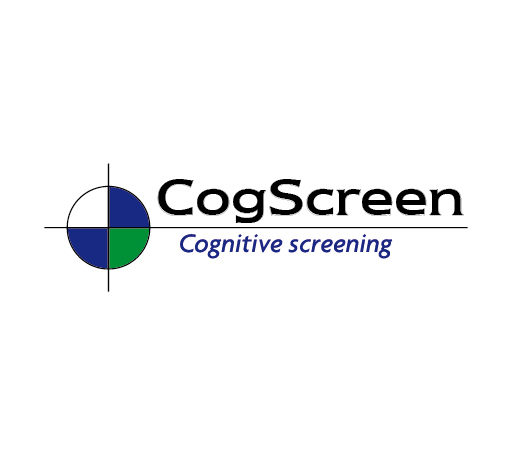CogScreen-Aeromedical Edition

CogScreen-Aeromedical Edition (CogScreen-AE) is a computer-administered and scored cognitive-screening instrument designed to rapidly assess deficits or changes in attention, immediate- and short-term memory, visual perceptual functions, sequencing functions, logical problem solving, calculation skills, reaction time, simultaneous information processing abilities, and executive functions.
CogScreen-AE was initially designed to meet the Federal Aviation Administration's (FAA) need for an instrument that could detect subtle changes in cognitive functioning: "changes which left unnoticed may result in poor pilot judgment or slow reaction time in critical operational situations" (Engelberg, Gibbons, & Doege, 1986, p. lS89).
CogScreen-AE meets the FAA's requirement for a sensitive and specific neurocognitive test battery for use in the medical recertification evaluation of pilots with known or suspected neurological and/or psychiatric conditions CogScreen-AE is not a test of aviation knowledge or flying skills, but rather a measure of the underlying perceptual cognitive, and information processing abilities associated with flying (Imhoff & Levine, 1986).
CogScreen-AE consists of a series of computerized cognitive tasks, each self-contained and presented with instructions and a practice segment. The subtests are listed and described below.
COGSCREEN-AE SUBTEST DESCRIPTION
- Backward Digit Span (BDS)
- Recall of a sequence of visually presented digits in reverse order.
- Math
- Traditional math word problems with multiple choice answer format.
- Visual Sequence Comparison (VSC)
- Comparison of two simultaneously presented series of letters and numbers.
- Symbol Digit Coding (SDC)
- Substitution of digits for symbols using a key, followed by immediate and delayed recall of symbol-digit pairs.
- Matching to Sample (MTS)
- Immediate recognition for a checkerboard pattern.
- Manikin (MAN)
- Mental rotation task requiring respondent to identify the hand in which a rotated human figure is holding a flag.
- Divided Attention (DAT)
- Task employs a visual monitoring task, which is presented alone and in combination with the Visual Sequence Comparison task.
- Auditory Sequence Comparison (ASC)
- Comparison of two series of tone patterns.
- Pathfinder (PF)
- Visual sequencing and scanning task that requires respondents to sequence numbers, letters, and an alternating set of numbers and letters.
- Shifting Attention (SAT)
- Rule-acquisition and rule-application test requiring mental flexibility and conceptual reasoning.
- Dual Task (DTT)
- Consists of two tasks, each of which is performed alone and then together as a simultaneous test. One task is a visual-motor tracking test. The second task is a continuous memory task involving serial digit recall.
